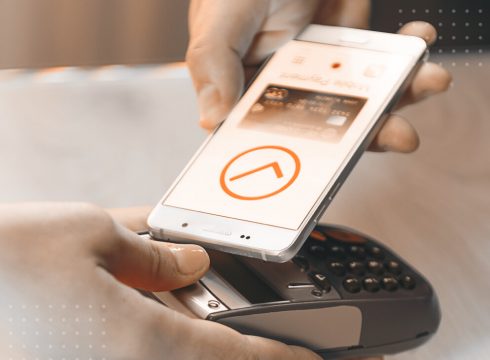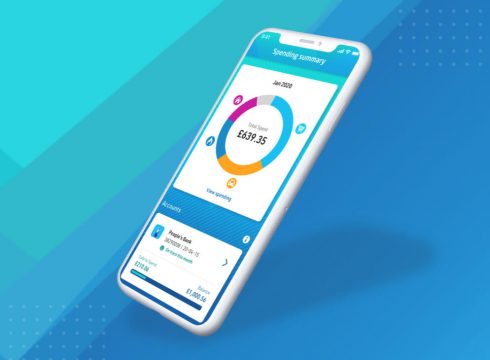The Increasing Power of Open Banking

We live in a world where almost everything and everyone is more connected than ever, but still, there is something missing: our bank accounts. Well, thanks to the rise of open banking, that’s also changing. Open banking comes with many new things, but the game-changing part of the new regulation is that lets bank customers share their account information with third-party applications. You may be thinking why this hasn’t already been the case in a hyper-connected world. But you know; banks are where people trust for their money, and security comes first.
Open banking regulations solve the security problem altogether. Before diving deeper into the revolutionary step towards the future of banking, let’s begin with what open banking really is.
What is open banking, actually?
With financial technologies getting more and more advanced, the banking industry has gone in a new and exciting direction after following the same rules for decades. Due to its nature, banking is not one of the sectors that you can call revisionist. For decades, we haven’t seen much progress in the industry. Saying that credit cards may have been the last revolution of the industry wouldn’t be so bold. And now, we have open banking. As we have mentioned, open banking allows customers and businesses to share their financial information with third-party applications securely. In an age in which data is more valuable than actual money, this was only inevitable.
When you think about all the account trafficking information, you may understand why open banking opens a whole new era in the history of banking. The allowance to share information with third-party APIs gives the customers a great deal of freedom. Of course, customer permission is the first rule in open banking. Here are some of the groundbreaking things that come with open banking.
Accessing all the accounts in one interface
Open banking lets customers and businesses access multiple bank accounts in the same application. For example, customers can access all of their other bank accounts in their main banking applications. The best use case of this is for small to medium businesses which need to use more than two bank accounts for money transfers. With open banking, enterprises can make money transactions on the same application.
Categorising expenses and incomes
If customers let their banks share information with budget-keeping apps, they can see how much they earned and how much they spent on each category. The same rules apply to businesses on a bigger scale, which leads accounting departments to work even more effectively.
Better accounting for everyone
Sharing bank account history and expense behaviours with third-party applications lets customers have better insight into their budgeting. On top of that, applications can offer the best deals on loans with comparisons.
Open banking has gone global
Open banking is in every industry leader’s mind today, but it was not an easy process for open banking to be accepted as it is today. Thanks to the publication of PSD2 (Payment Services Directive 2), Europe has finally opened its gates to open banking’s secure nature.
The UK was the quickest country to adapt to the open banking model, and with PSD2, European banks followed the trend as fast as possible. As of September 2019, there were 143 providers regulated by the UK Financial Conduct Authority who have enrolled in open banking. Australia is another country that has adapted to the new system. The country announced that all the leading banks must provide access to consumer, account, and transaction data by February 2020. Last year, Australia, Canada, South Korea, and many financially stable economies have adopted the new rules of open banking.
Today, the industry is focusing on new financial technology trends to emerge in the post-open banking era. Although it’s not one of the hot topics in finance, open banking still stands as a base of the future of banking.
The most significant force of growth for open banking is the massive demand
Banks are one of the leading forces of the open banking transformation because they know the first-comers will be the biggest winners of the new system. In the last quarter of 2019, banks have seen immense growth thanks to APIs, and today, almost all of them are developing their own APIs to share information securely. According to NordicAPIs, banks have seen a 19% growth with API platforms. When you add banks’ own APIs and all the FinTech companies to the picture, you can expect a whole new banking experience as soon as next year. One of the reasons why the term open banking has transformed into open finance is this.
With more and more customers getting used to the convenience of open banking, the demand on the end-user front is also rising exponentially. Especially during the COVID-19 pandemic, people all around the globe have searched for new ways to do their transactions in a more convenient, affordable, and of course, remote way. Open banking’s unified nature has led more FinTech companies and banks to work better and together, which was a real convenience for the bank customers, and the underbanked, even.
The future of open banking: De-Fi, open finance, open data
As the disruption in the finance industry goes on, brick and mortar banks are becoming more and more obsolete. Today, almost nobody wants to wait in line to get a banking service, leaving the conventional financial management systems out of the picture, especially for the younger generations.
According to McKinsey, 40% of Americans take advantage of both banks and fintechs to manage their finances, which shows that open finance has already proven itself right.
When we add the more connected financial services that specialise in various areas of financial management, it’s only natural for the financial infrastructure to become more decentralised. An idea that’s been thought to revolutionise banking, open banking, is now open finance. In short, fintechs and neobanks have once again stolen the spotlight from banks.
There’s no doubt that the decade we’re in will bring many new solutions to the table, as the world becomes more connected, more digital, and more disrupted at the same time. Thankfully, as new ideas come, new solutions to get on board easier come as well. As a PaaS and SaaS powerhouse, we are always trying to stay one step ahead of the game in the financial technology area to offer our clients and partners a better digital adoption process. Just as open banking has been one of the most exciting protocols to level up our Mobile Financial Solutions Platform and E-Banking Platform, the open data, open finance, and DeFi, in general, is giving us hope to build a better future for both our clients and the end-user.
What we offer
Here at Tmob, we have been building tailor-made solutions for many businesses including banks, FinTech startups, the FMCG industry, aviation, and more. One of our clients in e-banking, Vive Bank UK has built their new-age banking system with our E-Banking Platform. To see what our platform offers book a meeting with an expert by filling out the contact us form.
Sources: 1- https://fintechnews.ch/open-banking/leader-open-banking-adoption/31779/ 2- https://nordicapis.com/takeaways-from-platformables-open-banking-trends-report/ 3- https://thinksmobility.com/case-studies/vive/ 4- https://thinksmobility.com/products/e-banking/




